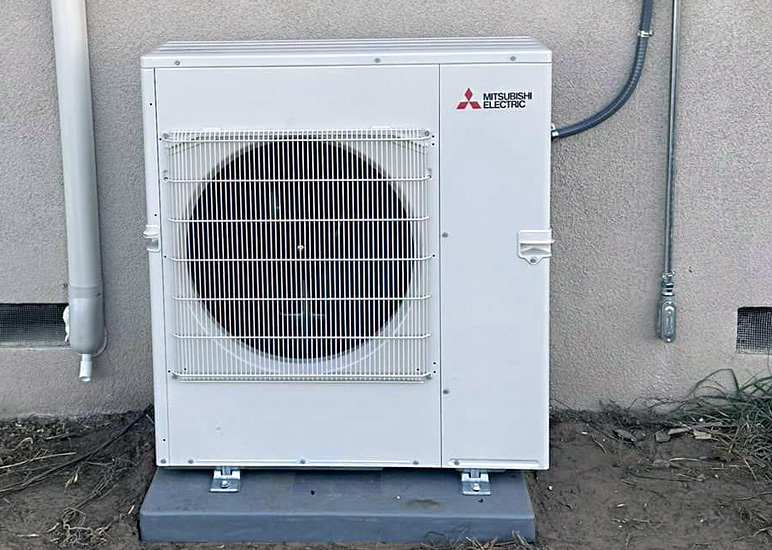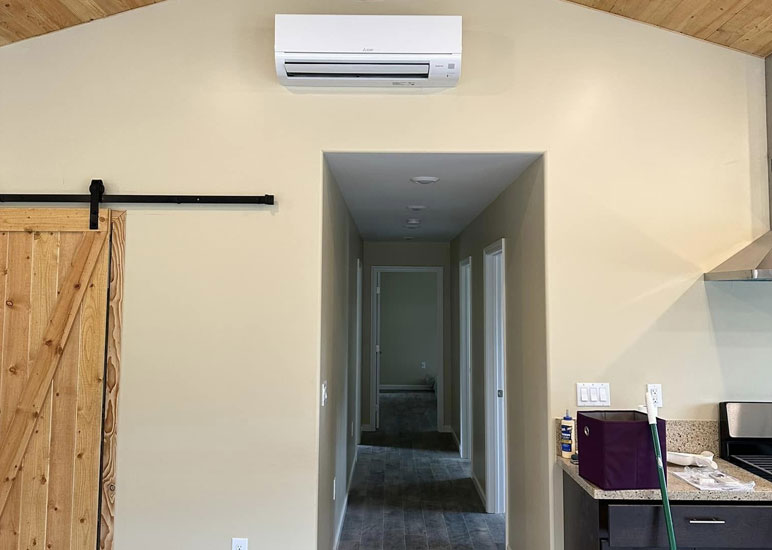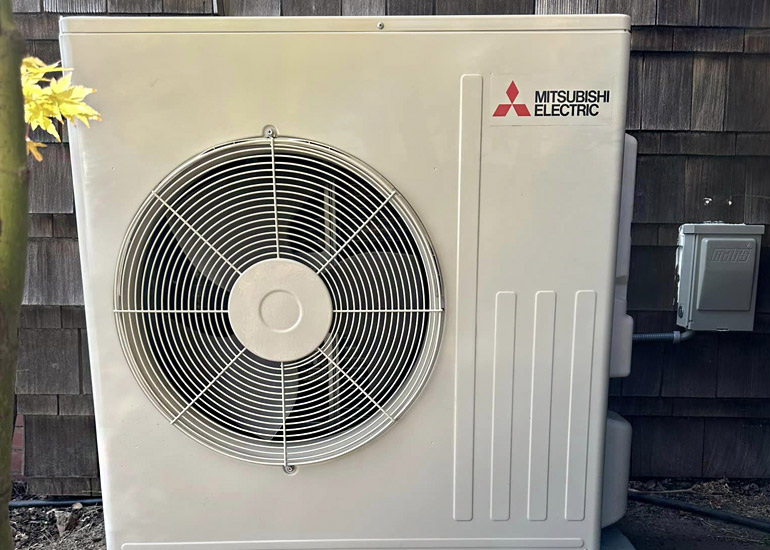 The winter months’ higher-than-usual energy bill will burn a hole through your wallet, unless you’re prepared.
The winter months’ higher-than-usual energy bill will burn a hole through your wallet, unless you’re prepared.
Certain measures need to be taken, especially now that the energy demand has gone up because of colder winter and higher fuel prices according to the U.S. Energy Information Administration.
By using these practical winter energy saving tips, you will reduce your energy consumption and still get through the bitter cold comfortably.
Proper maintenance of your HVAC system
It comes as no surprise that the heating system is the biggest energy-draining device inside every home; so it’s only right to keep it in good working condition.
A yearly check-up by a professional will do wonders to your furnace, especially the old ones.
Experts can determine problems beyond the usual visual inspection. They will use special equipment to check the efficiency of the system and perform the necessary repairs before they cause headaches to the homeowner.
Sufficient insulation
Insulation will prevent heat loss during the winter months thereby decreasing the need to crank up your heating system.
However, the insulation in your attic, walls, and ceiling should meet the recommended R-value for your area’s climate condition.
If it doesn’t, or if the insulation has been installed for far too long, it will not be effective in resisting the transfer of heat. In this case, you’ll benefit more by having it replaced.
Weatherization
This means sealing air leaks all over your house. Air leaks accounts for up to 20% in energy savings according to the Department of Energy.
Check the following areas for any cracks or openings:
- Door frames
- Window frames
- Baseboards
- Entrance to the attic
- Electrical boxes and outlets
- Baseboards
- Fireplace dampers
- Pipes and other plumbing utilities
- Vents
- Phone lines
- Furnace flues
- Dryer vents
Weather strip, seal, or caulk the aforementioned areas to prevent cold air from entering your home and warm air from escaping.
Switch to a smart thermostat
Not just any smart thermostat, but those that have been certified by ENERGY STAR. Smart thermostats have been proven to slash down energy usage by up to 12%.
Unlike conventional thermostats, smart thermostats will allow users to have better control of their heating schedule. But the most cost-efficient part about it is its ability to automatically adjust to the homeowners heating habits.
Water heating
Lower the water heater’s thermostat especially the ones that came straight from the manufacturer. These are usually set at 1400F. Keeping this temperature level will cost you more than $400 in demand losses per year.
Setting the temperature at 1200F is enough to provide a comfortable level of hot water. This will also help lower down your water heating bill.
Open your curtains
Allow sunlight to warm up your interior by opening your curtains. For extra savings, you can opt for energy efficient curtains by adding a lining at the back of your existing curtains to prevent the heat from escaping during winter.
Make sure that you have studied your daily pattern first so that you’ll know which areas to concentrate on when it comes to saving energy.
Focus on areas that have higher demands like your bedroom or living room so that you can perform the necessary measures in reducing your energy bill.





